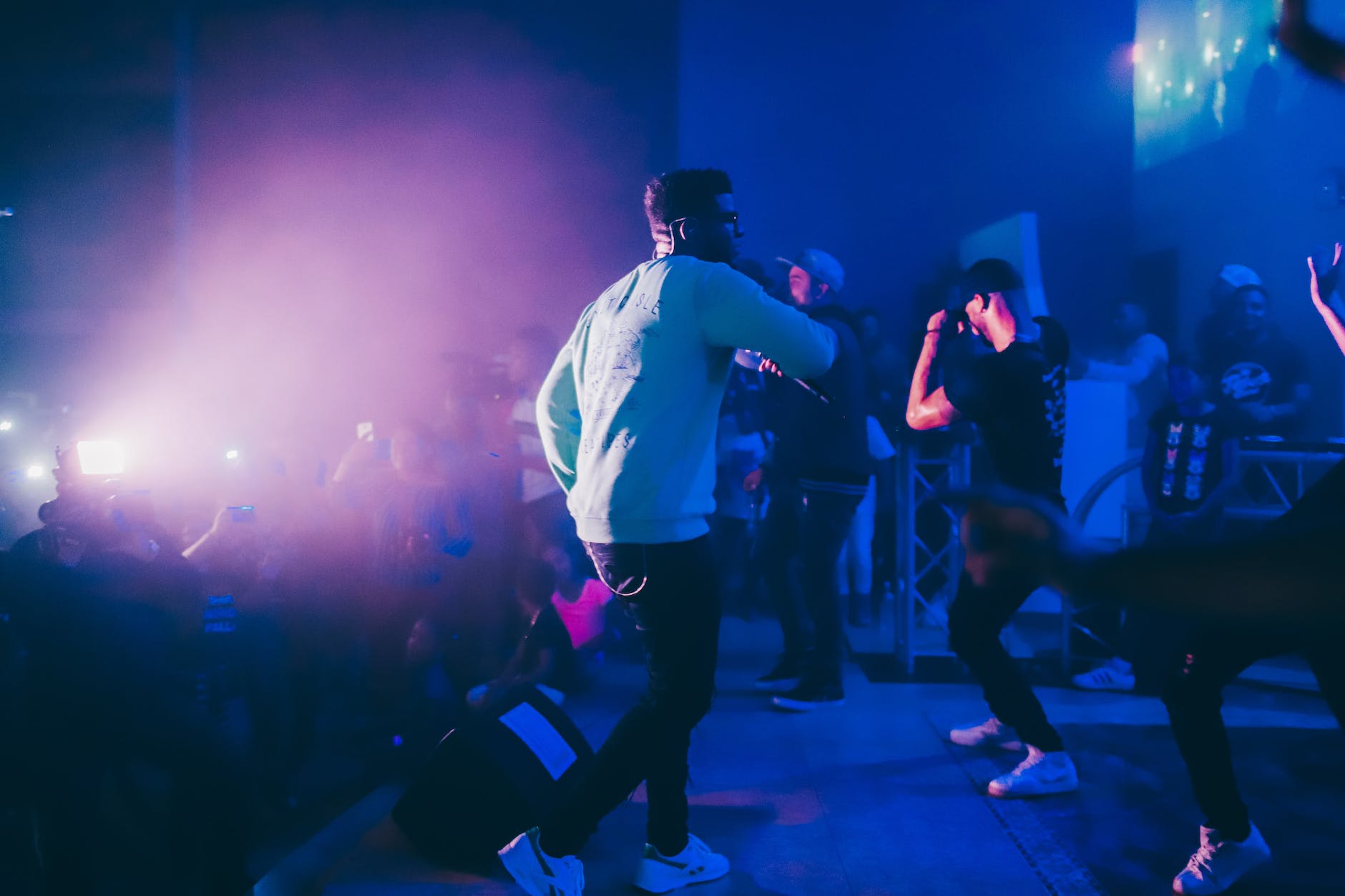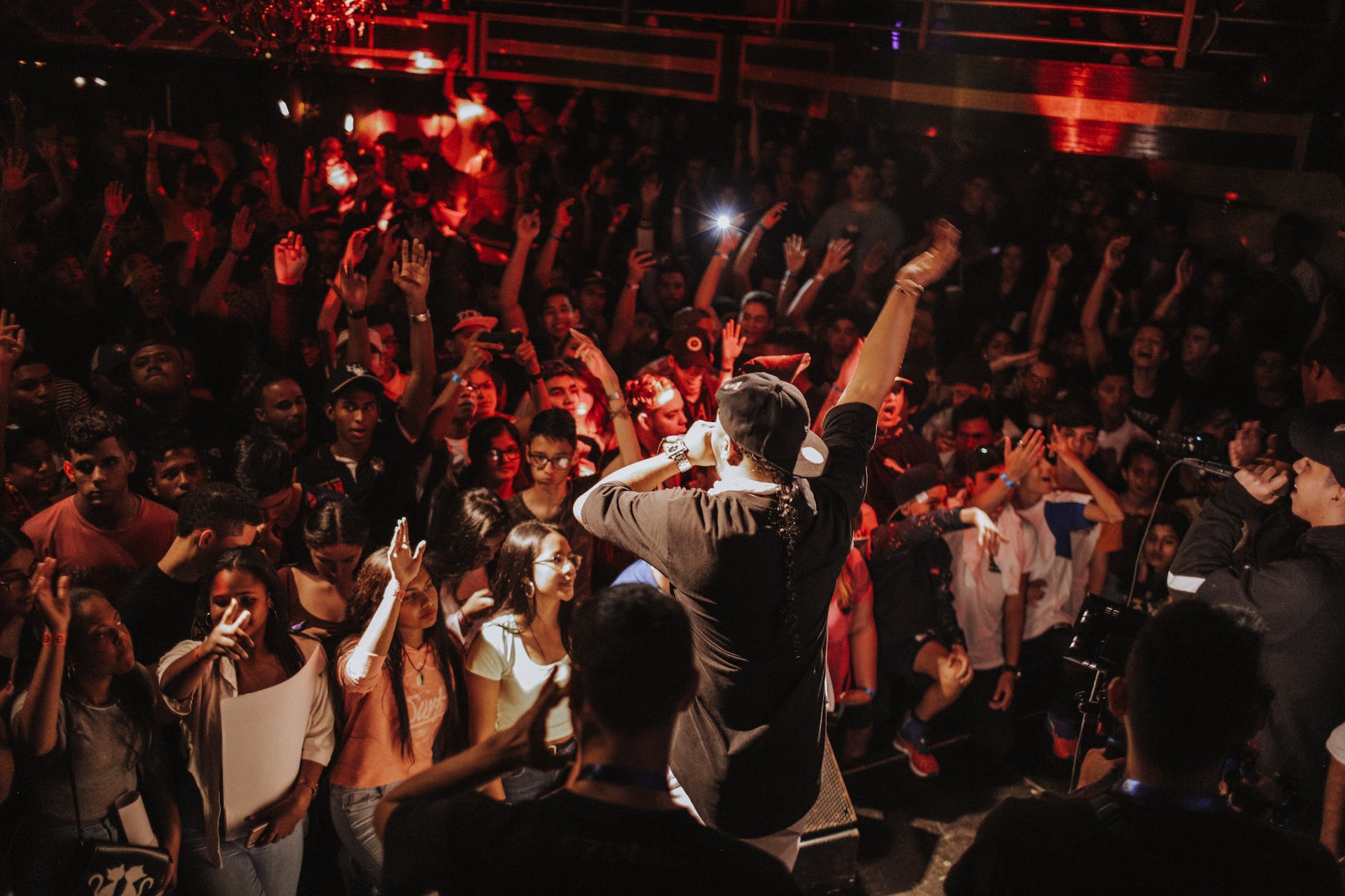Introduction to the History of Rap
Hello, fellow music enthusiasts! Today, we’re going on a fascinating journey exploring rap’s vibrant history. This genre, deeply rooted in African rhythms and oral traditions, has evolved from humble street-corner origins to a global phenomenon that has redefined the music world. The history of rap mirrors the struggles, dreams, and triumphs of a culture, and its influence is undeniable.
Rap music, often associated with the rhythmic ‘spoken-word’ delivery of lyrics against a heavy beat, has its roots in the African oral tradition. Its journey from the streets to the global stage is a testament to its power and adaptability. This narrative is not only about the history of rap but also about the people and the culture that shaped it.
Understanding the history of rap is like studying a living, breathing entity. It has grown, changed, and adapted over time, reflecting the culture and the times it exists in. It is a genre that has consistently pushed boundaries, challenged norms, and given a voice to those often unheard.
The Origins of Rap: From Poetry to Beats
The history of rap is a tale of transformation – from poetry to beats. Tracing back to the African oral tradition, it was heavily influenced by the call-and-response method prevalent in churches, with the “rapper” being the leader and the audience his chorus. The early rap was less about the beat and more about the potency of words.
In the 1960s and early 1970s, this art form began to take a more structured shape, primarily in African American communities. The Last Poets, a collective of spoken word artists and activists, are often credited with pioneering this shift. Their politically charged poetry, set to a rhythmic beat, laid the groundwork for what we know now as rap.
The late 70s witnessed a pivotal evolution in the history of rap. Disco DJ Kool Herc, often dubbed the “father of rap,” started using two turntables to mix beats and extended instrumental breaks, allowing people to dance longer. This innovation, combined with the spoken-word style of The Last Poets, gave birth to the modern rap.
“Rap music, it’s not just a genre, it’s a vibrant narrative of life. It’s the unfiltered sonic expression of the soul, where rhythm meets rhyme, and stories are told through beats.”
The Evolution of Rap in the 1970s and 1980s
The 1970s and 1980s were transformative years in the history of rap. In 1979, The Sugarhill Gang’s ‘Rapper’s Delight’ became the first rap song to enter the Billboard Top 40, demolishing the barriers between rap and mainstream music. It also demonstrated that rap was not just a fad but a viable commercial enterprise.
The 1980s saw the emergence of new rap styles and sub-genres. Run-D.M.C. introduced a more aggressive, minimalist style of rap, while Grandmaster Flash and the Furious Five brought social issues to the forefront with their song ‘The Message.’ At the same time, the West Coast gave birth to gangsta rap, a sub-genre that vividly depicted the harsh realities of street life.
By the late 1980s, rap had firmly established itself as a significant force in the music industry. Groups like Public Enemy and N.W.A used rap as a platform to address social and political issues, while artists like LL Cool J and Salt-N-Pepa dominated the charts with their catchy tunes.
Rap Turns Mainstream: The 1990s and Beyond
The 1990s was the decade when rap went mainstream, and the history of rap entered a new era. This period saw the emergence of artists who would become iconic figures in rap history. From the East Coast-West Coast rivalry that defined the early 90s to the rise of Southern rap towards the end of the decade, rap music continued to evolve and expand its reach.
Artists like The Notorious B.I.G., Tupac Shakur, and Nas became household names, their lyrics echoing through every corner of the globe. Female rappers like Queen Latifah and Missy Elliot broke the male-dominated rap scene, proving that women could not only succeed but also dominate in the genre.
The new millennium saw rap music continue to flourish, with artists like Eminem, Jay-Z, and Kanye West achieving unprecedented commercial success. The internet era also saw the rise of independent artists who used social media platforms to reach a global audience, shifting the power dynamics within the music industry.

Key Figures in the History of Rap
The history of rap is incomplete without mentioning the key figures who have shaped it. From pioneers like Kool Herc and The Sugarhill Gang to modern icons like Kendrick Lamar and Drake, these artists have left an indelible mark on the genre.
Kool Herc is often credited as the “father of rap,” while Grandmaster Flash and the Furious Five are recognized for bringing social consciousness into rap. Run-D.M.C., LL Cool J, and Salt-N-Pepa helped popularize rap in the 80s, while The Notorious B.I.G., Tupac Shakur, and Nas dominated the 90s.
In the new millennium, Eminem, Jay-Z, and Kanye West have shifted the landscape of rap music. Their innovative style and lyrical prowess have influenced a new generation of rappers, including Kendrick Lamar, Drake, and J. Cole, who continue to push the boundaries of the genre.
The Cultural Impact of Rap Music
Rap music has not just been a form of entertainment; it has also had a profound cultural impact. It has given a voice to marginalized communities, highlighted social issues, and challenged societal norms. From the Civil Rights Movement to Black Lives Matter, rap music has consistently been a platform for social commentary.
Rap has also influenced fashion, language, and lifestyle. It has given birth to an entire sub-culture, complete with its unique style and vernacular. From baggy jeans and gold chains to the use of slang and street language, the influence of rap culture is visible in everyday life.
Moreover, rap music has challenged the conventional wisdom of what constitutes music. It has pushed the boundaries of musicality, incorporating elements like sampling, beatboxing, and turntablism into the mainstream.

Rap as a Global Phenomenon
Today, rap is not just a genre; it’s a global phenomenon. From the streets of New York to the slums of Mumbai, rap has resonated with people across the globe. It has transcended linguistic and cultural barriers, becoming a universal language of expression.
Countries like South Korea, France, and Brazil have vibrant rap scenes, with artists infusing local elements into the genre. This global reach of rap music has facilitated a unique cultural exchange, fostering understanding and promoting diversity.
The internet has played a pivotal role in the globalization of rap. It has democratized music, allowing artists from remote corners of the world to reach a global audience. This global reach of rap is a testament to its universal appeal and adaptability.
The Future of Rap: Emerging Trends and Artists
As we look towards the future, the history of rap continues to evolve. Emerging trends and artists are pushing the boundaries of the genre, ensuring that rap remains fresh and relevant. From mumble rap to conscious rap, new sub-genres are consistently emerging, reflecting the diversity and dynamism of rap music.
Artists like Kendrick Lamar, J. Cole, and Chance the Rapper are leading the new wave of conscious rap, addressing social and political issues through their music. On the other hand, mumble rappers like Future and Lil Uzi Vert are experimenting with sound and delivery, prioritizing melody over lyrical complexity.
Moreover, the influence of the internet and social media platforms cannot be ignored. They have revolutionized the way music is consumed and distributed, empowering artists and promoting diversity within the genre.
Learning from the History of Rap: Lessons for Aspiring Artists
The history of rap offers invaluable lessons for aspiring artists. It teaches the importance of authenticity and staying true to one’s roots. It emphasizes the power of words and the impact of a well-delivered message. Most importantly, it demonstrates that with passion and perseverance, it’s possible to transform a street corner art form into a global phenomenon.
The history of rap also highlights the importance of innovation and adaptability. From Kool Herc’s turntables to Kanye West’s auto-tune, the most influential figures in rap history have been those who have dared to experiment and push the boundaries.
For those aspiring to make their mark in the rap genre, the key is to learn from the past while looking towards the future. Be authentic, be innovative, and most importantly, be you.
Wrap-Up on the History of Rap
The history of rap is a rich tapestry of culture, struggle, innovation, and triumph. It’s the story of a genre that started in the streets and rose to global prominence. It’s the story of artists who dared to dream, to challenge, and to speak their truth.
The history of rap is not just about music; it’s about the people, the culture, and the times that shaped it. It’s about the power of words and the impact of a beat. It’s about the power of music to inspire, to challenge, and to change the world.
So, here’s to rap – a genre that has defied the odds, shattered stereotypes, and redefined music. Here’s to the artists, the pioneers, and the fans who have made this journey possible. And here’s to the future of rap, which, if the past is any indication, promises to be just as exciting and revolutionary.
Unraveling the Brilliance of Diamond Rap Albums: A Deep Dive





